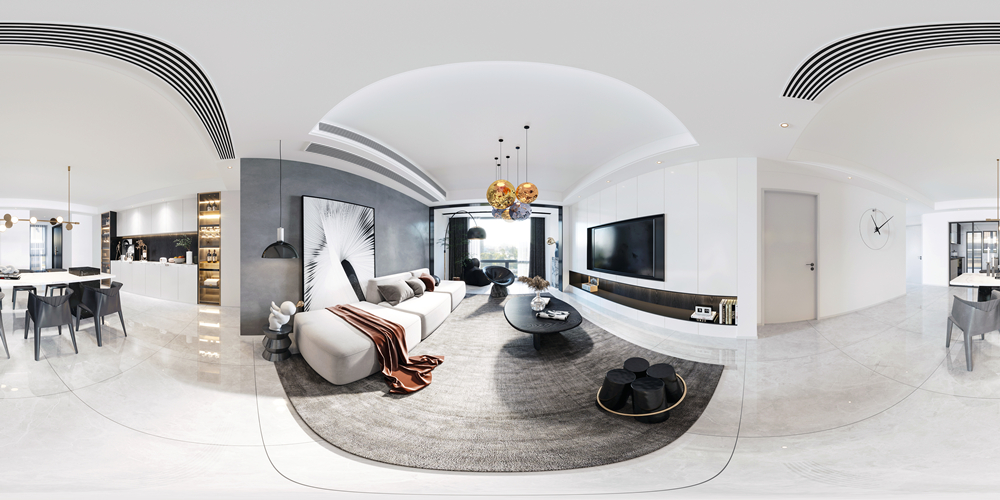
360 Photo Taking: A New Approach
360 degree photos have emerged as a powerful medium for immersive storytelling, allowing viewers to explore an entire scene from every angle. Whether you're a photography novice or a seasoned pro looking to diversify your portfolio, mastering the art of 360 - photo taking can open up exciting creative horizons. Here's a unique guide that departs from the conventional wisdom.

Ⅰ、Gear: Unconventional Tools for Exceptional Results
While a camera and tripod are staples, consider adding some unexpected equipment to your setup. A portable black - out curtain can be a game - changer. If you're shooting in an area with inconsistent or unwanted light sources, you can use the curtain to block out distractions and create a more controlled lighting environment for each shot in your 360 - degree sequence. For added stability, especially in windy conditions, use sandbags to weigh down your tripod. This ensures that your camera remains perfectly still during the multiple - shot process, crucial for a seamless final panorama. Additionally, if you're using a DSLR or mirrorless camera, an intervalometer can be invaluable. It allows you to set a precise time interval between each shot, which is particularly useful when shooting in low - light situations where long exposure times are required.
Ⅱ、Location: Finding the Hidden Gems
Forget the typical tourist hotspots. Instead, seek out locations with a strong sense of character and a unique backstory. An old, abandoned theater could be transformed into a captivating 360 - degree photo subject. The faded posters, dusty seats, and grand stage can tell a story of bygone entertainment. Or consider a local community garden during the peak of the growing season. The vibrant colors of the flowers and vegetables, along with the carefully tended plots, create a lively and inviting scene. Time your visit to coincide with the best natural light. For the theater, it might be during the golden hour when the sunlight streams through the windows, casting long shadows. For the garden, early morning light can enhance the colors and freshness of the plants.
Ⅲ、Shooting: A Creative and Precise Process
Before you start, take a moment to visualize the final 360 - degree image in your mind. Decide on a focal point that will draw the viewer's attention. When shooting, use the rule of thirds in a more fluid way. Instead of rigidly dividing the frame, consider how the main elements in each shot will interact with one another in the final panorama. Overlap your images by at least 50%. If there are moving elements in the scene, such as a gentle breeze rustling the leaves in a forest, try to capture your photos in quick succession to minimize any discrepancies between frames. Experiment with different camera angles. Shoot some sequences from a low, worm's - eye view to give a sense of grandeur to the subject, and others from a high, bird's - eye view for a different perspective.
Ⅳ、Post - processing: Transforming Your Shots
Once you have all your photos, use stitching software like Kolor Autopano Giga. It offers advanced features for aligning and blending images, even in complex scenes. After stitching, import the 360 - degree photo into photo - editing software. In Adobe Lightroom, use the radial filter to draw attention to specific areas of the panorama. Adjust the contrast to add depth and dimension. You can also use the clone stamp tool to remove any unwanted elements, like a random piece of litter that made its way into one of the frames. Crop the image to the standard 2:1 aspect ratio for optimal 360 - degree viewing.
Ⅴ、Sharing: Spreading the Immersive Experience
Share your 360 - degree photos on platforms like Facebook, Instagram, or dedicated 360 - photo sharing websites. You can also create an interactive 360 - degree virtual tour on your personal website. Add hotspots to your photos, linking to additional information, such as historical facts about the location or behind - the - scenes stories. This not only enriches the viewer's experience but also makes your 360 - degree photos more engaging and shareable.